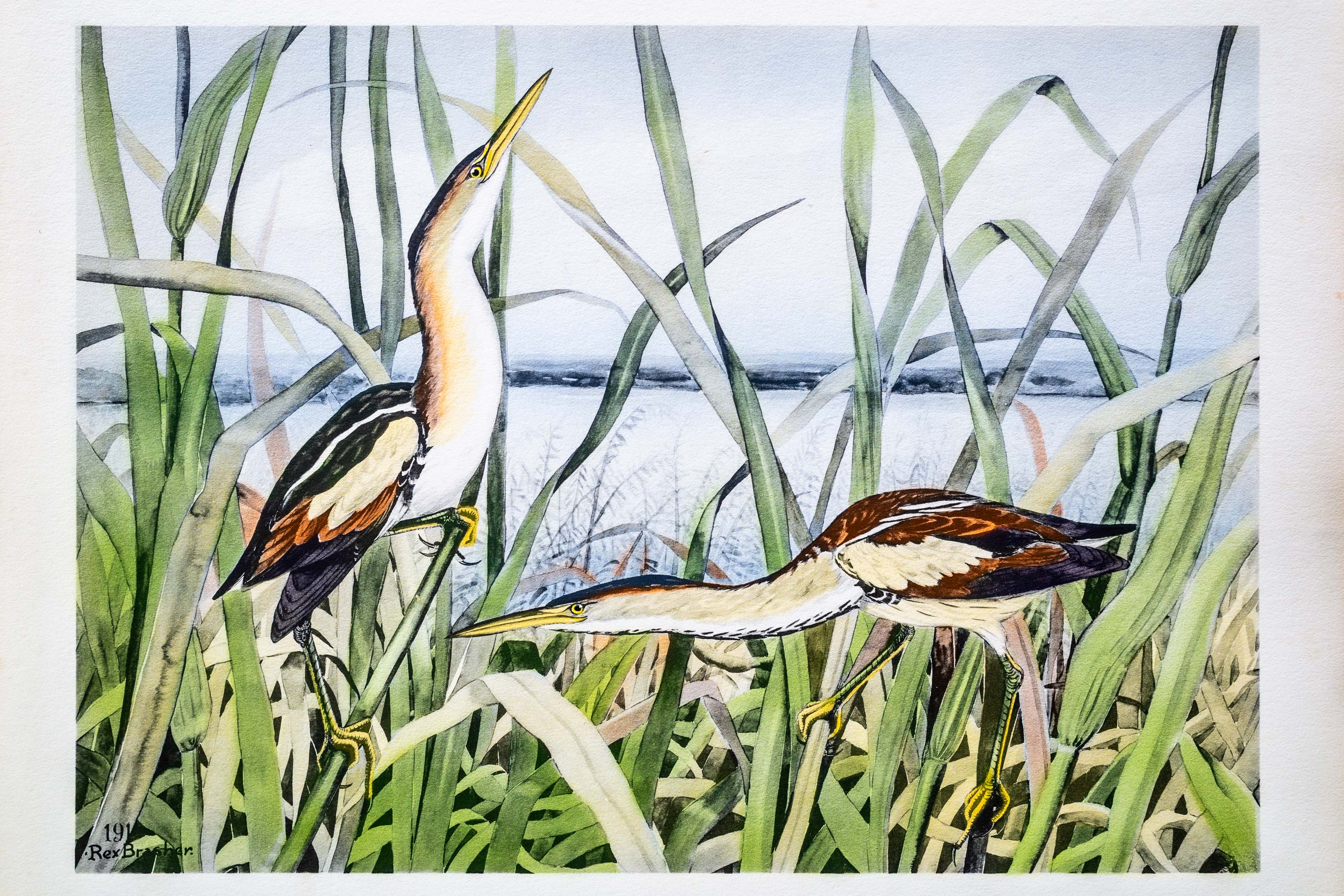

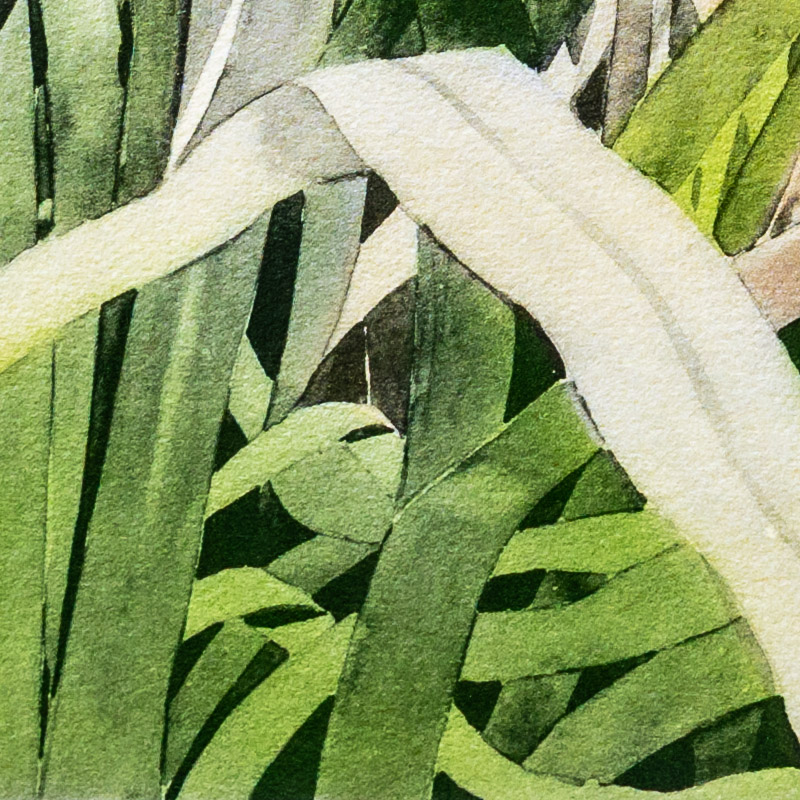
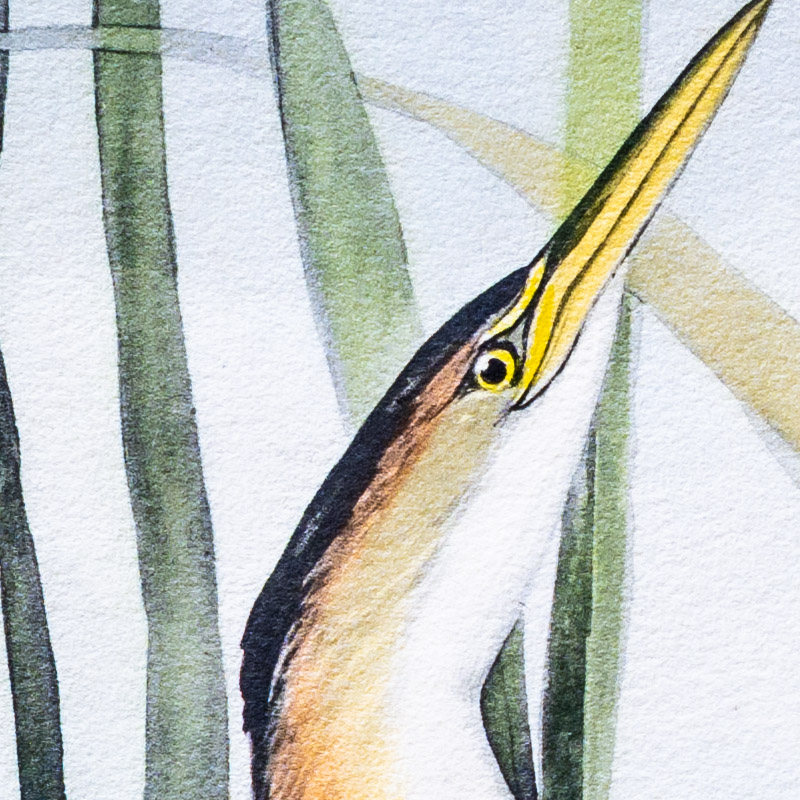
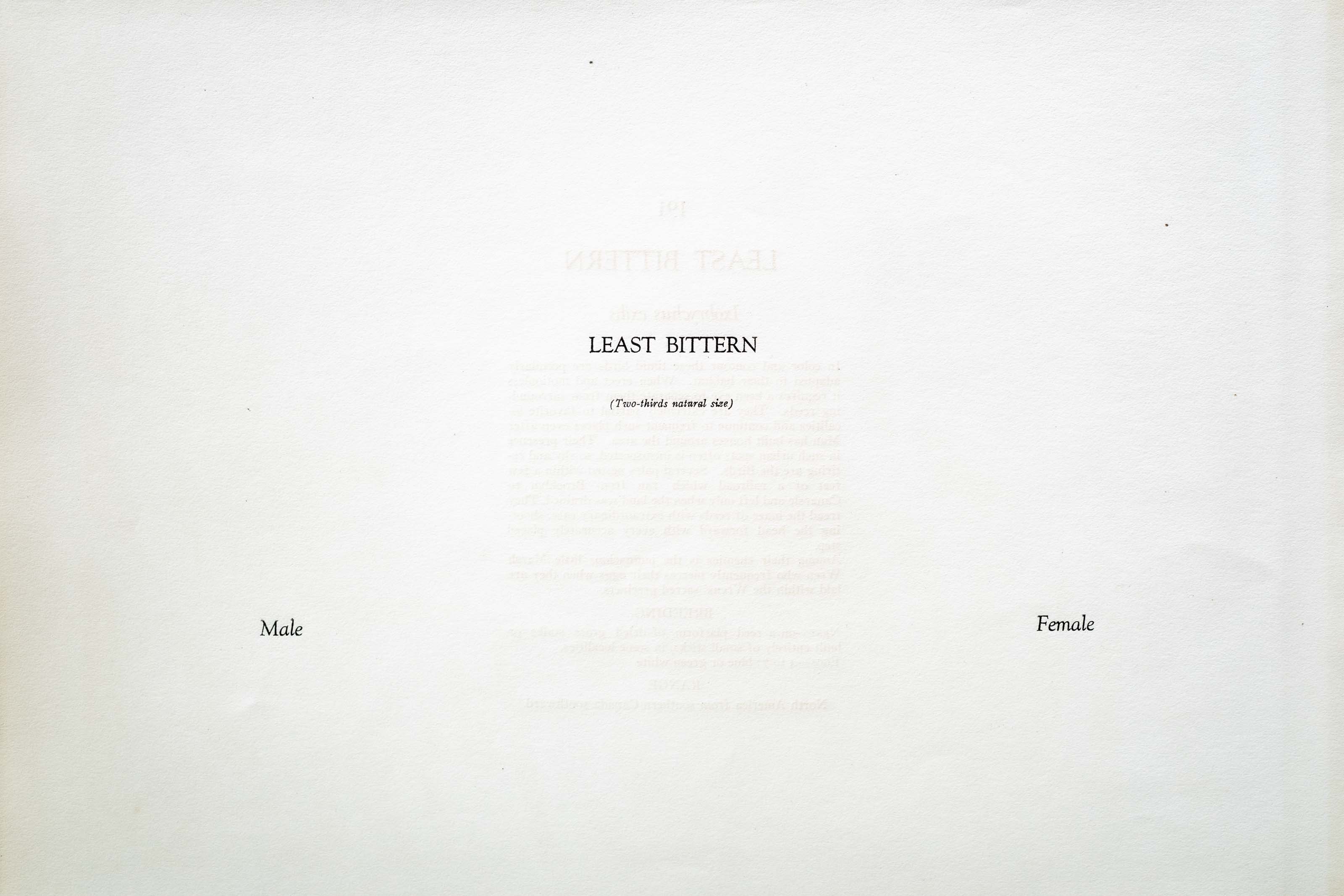
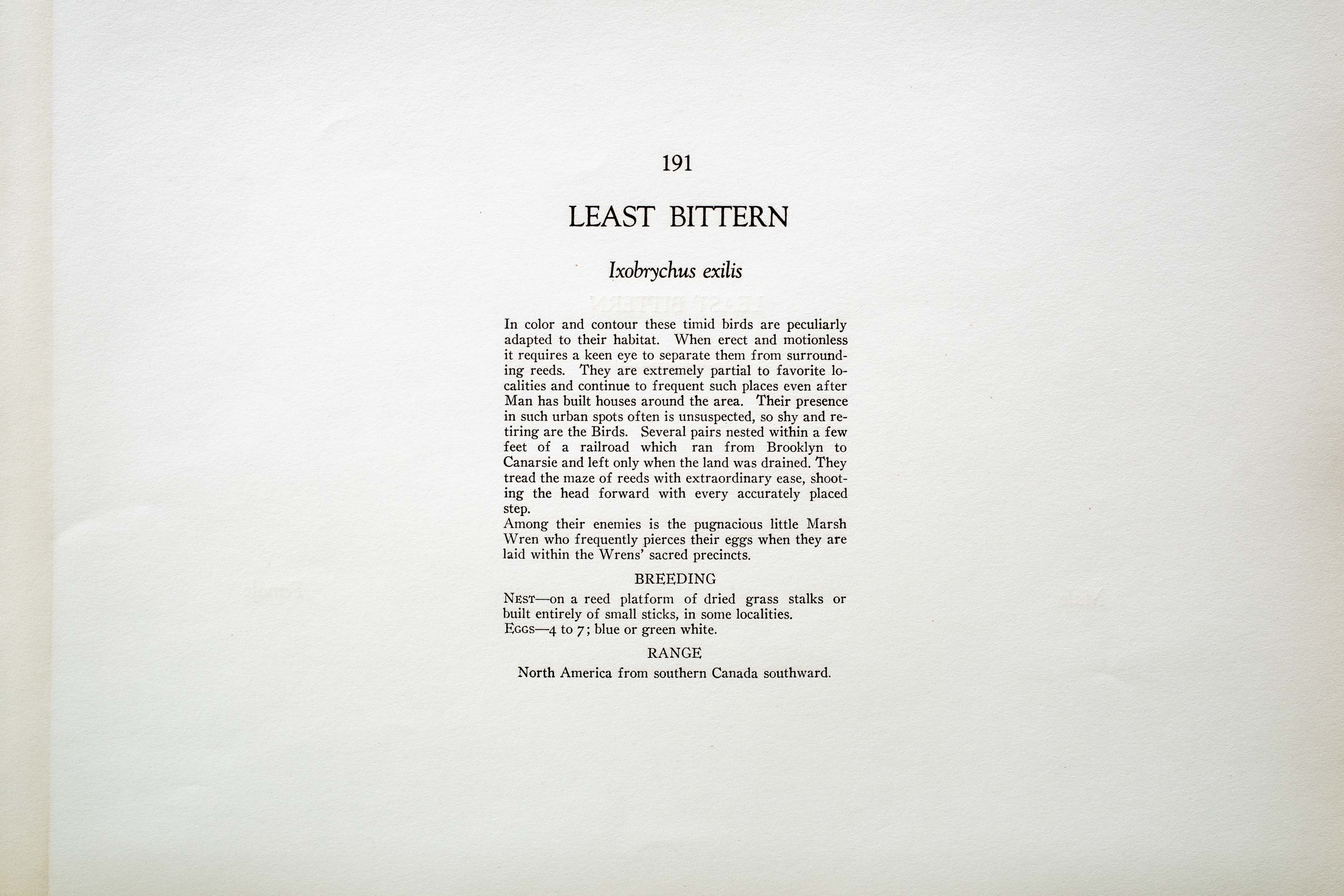

Unknown
1930
3
191
A team of dedicated board members, volunteers, and student interns has published every page in Volume 9. This volume includes 360 images of paintings and lyrical descriptions of birds, now available online for everyone to enjoy anywhere in the world. This is a monumental task. Each volume requires approximately 400 hours to photograph, edit, transcribe, catalog, and publish online. We need your support to complete this work.
If you're tech-savvy, have a good eye, are meticulous with details, and love structured data, please consider volunteering by emailing us at hello@rexbrasher.org.
We encourage all bird lovers and supporters to consider a monetary donation to support our mission to make Rex's work available for everyone. You can provide a one-time or recurring donation online.
In color and contour these timid birds are peculiarly adapted to their habitat. When erect and motionless it requires a keen eye to separate them from surrounding reeds. They are extremely partial to favorite localities and continue to frequent such places even after Man has built houses around the area. Their presence in such urban spots often is unsuspected, so shy and retiring are the Birds. Several pairs nested within a few feet of a railroad which ran from Brooklyn to Canarsie and left only when the land was drained. They tread the maze of reeds with extraordinary ease, shooting the head forward with every accurately placed step.
Among their enemies is the pugnacious little Marsh Wren who frequently pierces their eggs when they are laid within the Wrens' sacred precincts.
NEST — on a reed platform of dried grass stalks or built entirely of small sticks, in some localities.
EGGS — 4 to 7; blue or green white.
North America from southern Canada southward.